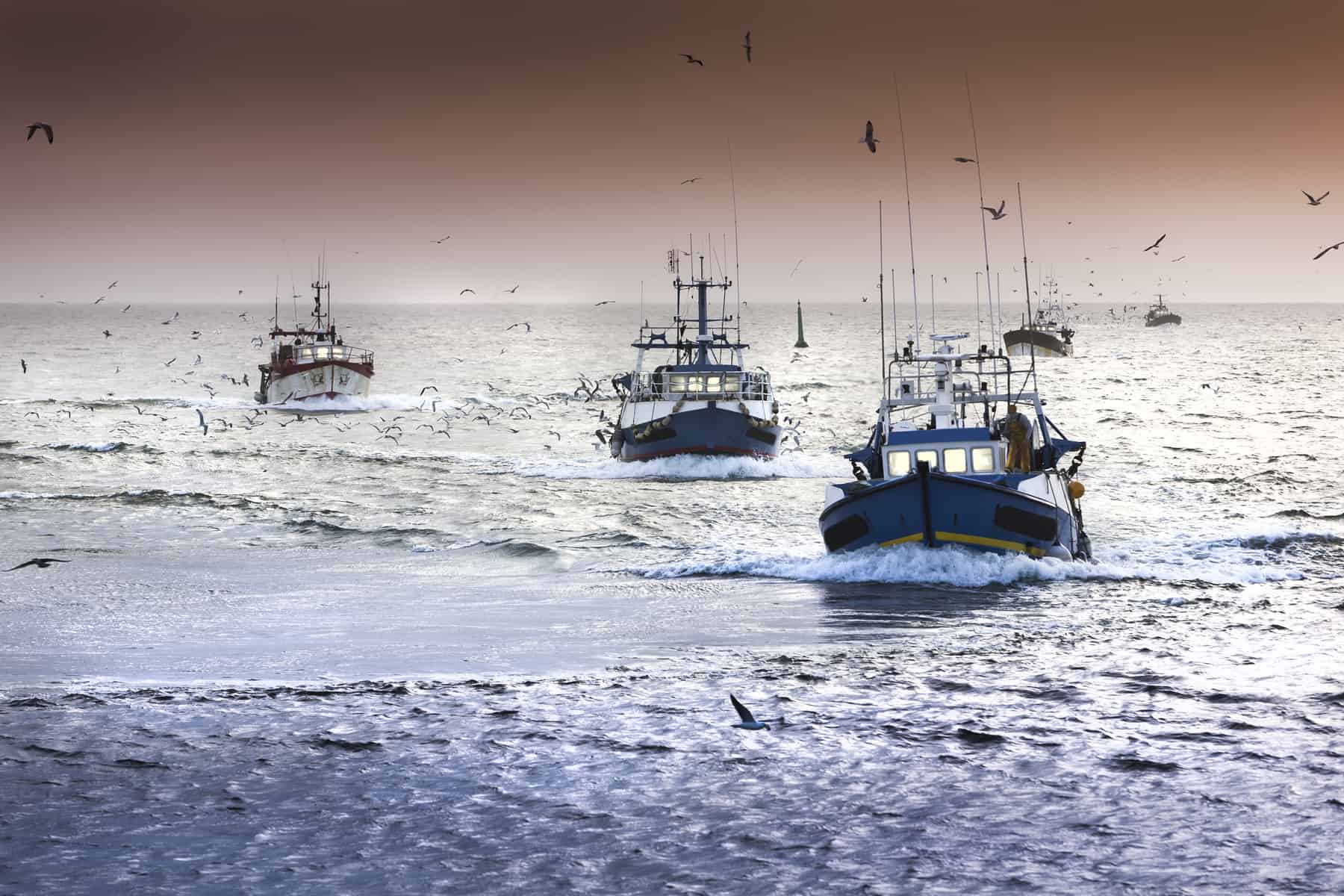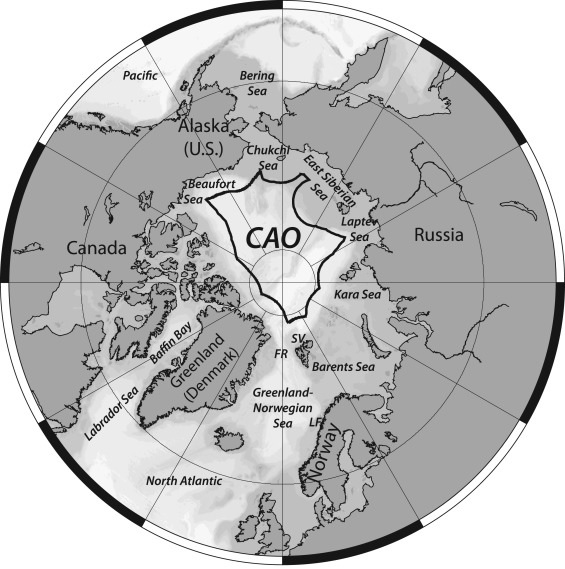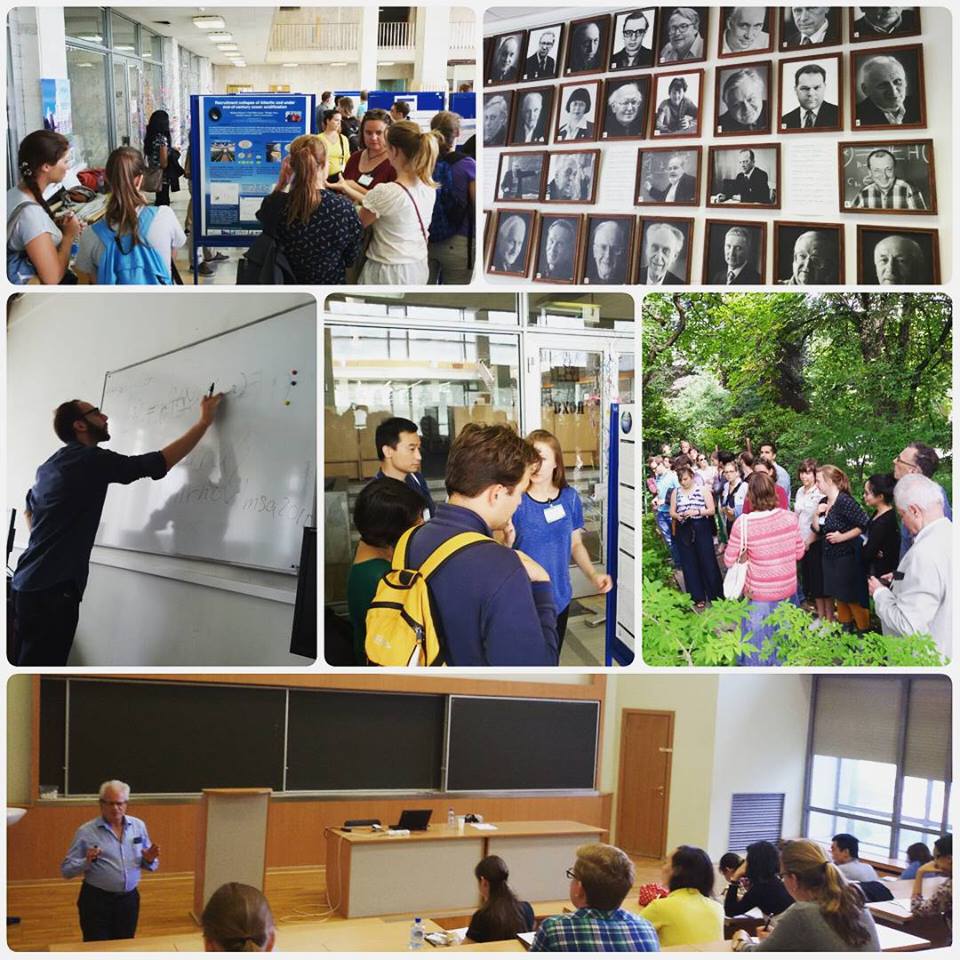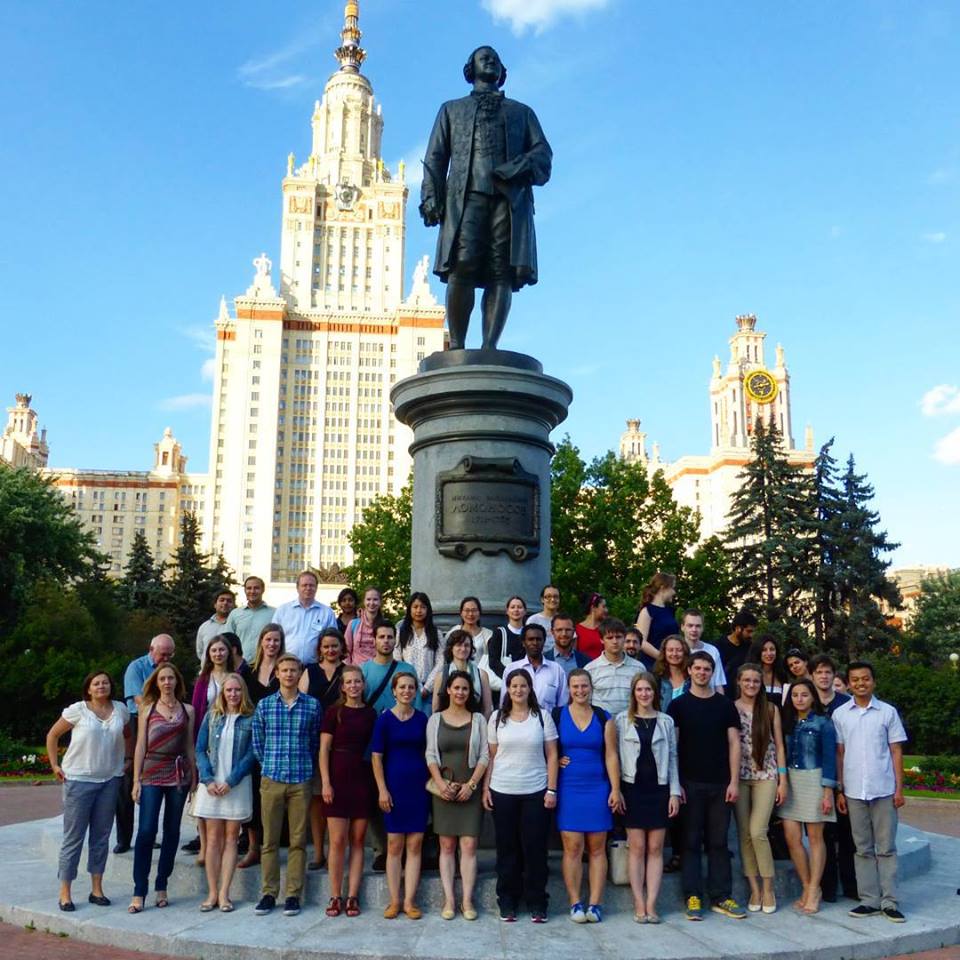Challenges for marine decision making in the Arctic
By Melina Kourantidou, MSA 2015 participant, PhD student, Department of Environmental and Business Economics, University of Southern Denmark
In summer 2015 I participated in the Summer Academy on Economic Growth and Governance of Natural Resources in Lomonosov Moscow State University. I was inspired by the interdisciplinary lectures there as well as by recent developments in Arctic marine governance to propose a game-theoretical model for Arctic fisheries management.

While commercial fishing in the central Arctic Ocean is unlikely to become common anytime soon, fisheries management in the region includes complex decision making challenges. © Fernbach Antal – Fotolia | Dollar Photo Club
In July 2015, representatives from the five Arctic Ocean coastal states (Canada, Denmark, Norway, Russia and the United States) signed the Declaration Concerning the Prevention of Unregulated High Seas Fishing in the Central Arctic Ocean. In the declaration text it is clearly stated that “commercial fishing in the high seas portion of the central Arctic Ocean is unlikely to occur in the near future.” This approach increases the stature of the Precautionary Principle, a strategy that copes with possible risks in cases where scientific information is limited. The declaration is the first official attempt to regulate international waters of the Central Arctic Basin. While commercial fishing in the central Arctic Ocean is unlikely to become common anytime soon, fisheries management in the region includes complex decision making challenges, while it is also complicated by multiple factors, including transboundary fish stocks—those crossing boundaries of Exclusive Economic Zones (EEZs) — and straddling stocks (those typically found in the high seas adjacent to the EEZ) arising from the unsettled maritime boundary lines, thus often calling for the establishment of an effective bilateral or multilateral regime.
The contentious and divisive issue of how to handle Arctic fisheries has mostly been discussed so far in literature from a biodiversity standpoint rather than an economic one. Yet looking at the problem from an economic standpoint could help provide information that could prevent optimal use of resources and thus contribute to preventing irrational behaviors that may lead to the collapse or disruption of the ecosystem. Optimization theory provides critical insights for individual fishers or countries pursuing the most profitable strategy (higher payoffs). At the same time it can also prove useful for broader decision-making processes whereby all interested parties cooperate on the management of Central Arctic fish stocks.

A map of the Central Arctic Ocean shows the many countries that border the ocean. © Shephard et al., 2016
Game theory can potentially contribute in a more complex setting, with two or more actors—states in our case—involved in fishing resource management and with each state being able to choose among a set of available options, with their payoff dependent on other states’ choices.
There are a number of different types of games available in the game theoretical framework. Given the existing risks and uncertainties over Arctic marine resources I would propose a differential game setting as a baseline scenario. A differential game is a mathematical formulation used for either conflict or cooperation where players’ strategies are changing over time.
A differential game seems suitable since there is an underlying assumption that the “Arctic players” involved make decisions at all time points and not necessarily in specific time intervals. Furthermore a repeated static game (players deciding simultaneously with no prior knowledge of other players’ choices), such as the Prisoner’s Dilemma, would probably not work as well here, since the payoff functions of our players would not be time-dependent.
If we are looking for a solution where all involved Arctic states agree to cooperate on the management of marine resources in the Central Arctic, we would probably need to solve it as a standard optimal control problem, through the use of maximum principle or dynamic programming. In other words the outcome of optimizing a joint welfare function should be examined regarding its efficiency, which brings together the different Arctic players in a joint effort to maximize their average individual welfare.
Another theory known as Nash equilibrium could provide useful insights with regard to incentives and motivations, especially in cases, like the one described here, where it is rather daunting to predict how different players will behave in a game. A Nash equilibrium comes down to a set of different strategies for each one of the players included in the game, indicating that neither player has incentive to change their choice (taking others’ choices as given) since their payoffs are not improving anyway.
An open-loop solution that gives Nash equilibrium would result in all players having absolutely no incentive to deviate from their specific strategic path, given the path of other players or in other words having the players at a Nash Equilibrium would make them unwilling to act differently, since they would be worse off if they did.
An Open Loop Nash Equilibrium can be examined where there is exclusive dependence on the time variable; if a player deviates from the equilibrium control, even if briefly, and decides to return to its former behavior, the equilibrium is broken. Conversely, in a feedback (or closed-loop) Nash Equilibrium which is strongly time consistent, the dependence lies on the current state of the system. Differential games can generally help towards answering whether a potential cooperative solution can be achieved through a Nash equilibrium of a non-cooperative game.
Yet another question is whether countries would prefer to cooperate instead of competing for fishing in the Central Arctic. A cooperative scenario would require a Net Present Value (sum of benefits minus sum of costs, both in present values) larger than the non-cooperative scenario, thus covering the opportunity costs arising from the cooperative case. If this condition is not satisfied we will have to accept that there will be a non-cooperative behavior up to the point that cooperation turns lucrative for all players.
Game theoretic approaches with regard to stock management have provided useful insights and directed new lines of inquiry, but the dynamically changing Arctic raises issues that call for coordinated responses, for example through the use of more robust tools such as evolutionary game theory. Given that many species are expected to expand to yet unexploited parts of Arctic waters, one major concern is the consequences of coastal states’ harvesting activities on society’s wellbeing, and the ways in which it will be made possible to leave a positive legacy for future generations.
Looking at the interplay of ecology and economic behavior is one way that scientists can begin to answer these questions. Meticulous research on strategies of defection, cooperation and enforcement can be a cornerstone for establishing and managing effective ways to protect the Arctic marine environment, taking into account the current dearth of research in existing and future biodiversity.
Read my full report on the MSA 2015 Web site (PDF)
Note: This article gives the views of the author, and not the position of the Nexus blog, nor of the International Institute for Applied Systems Analysis.




You must be logged in to post a comment.